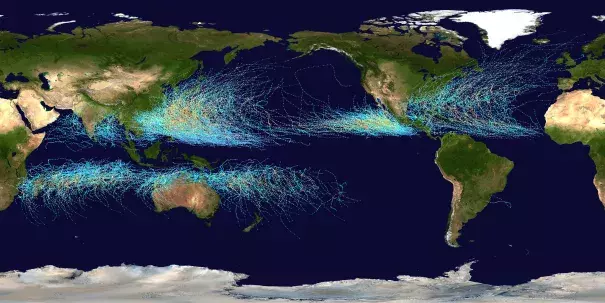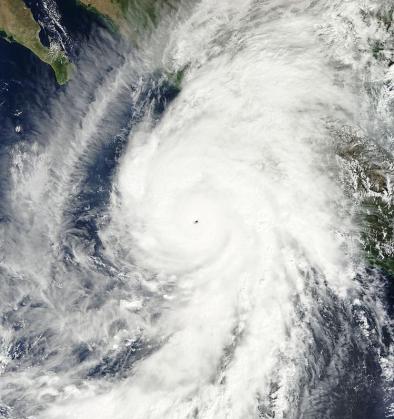Pacific Hurricane, Typhoon Records Keep Falling With Weeks to Go

It’s been a record year for powerful hurricanes and typhoons in the Pacific Ocean, and they just keep coming. Typhoon Melor, which peaked at Category 4 strength on the U.S. Saffir-Simpson scale, weakened as it moved through the Philippines, but chances are it will have company before it finally fades away...The Pacific, in the midst of a strong El Nino, has warmer-than-normal water across large parts of the basin. This has allowed hurricanes and typhoons to spawn and grow from one end of the ocean to the other. While the Eastern Pacific’s hurricane season officially ended Nov. 30, storms can appear all year across the basin. The Accumulated Cyclone Energy index, which meteorologists use to plot the intensity of a tropical season, set a record in the Pacific this year.
Related Content



